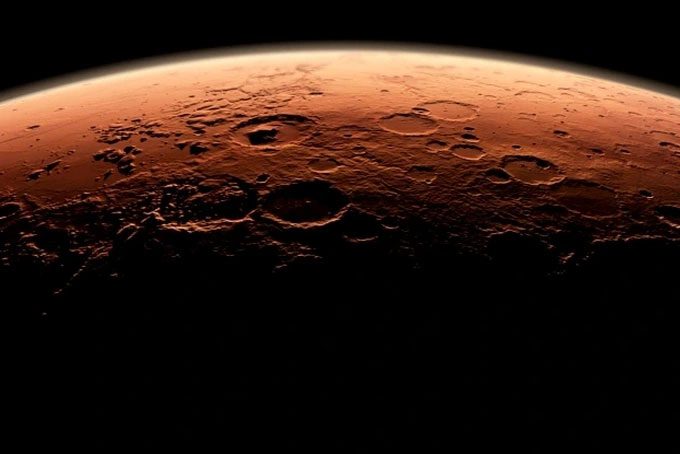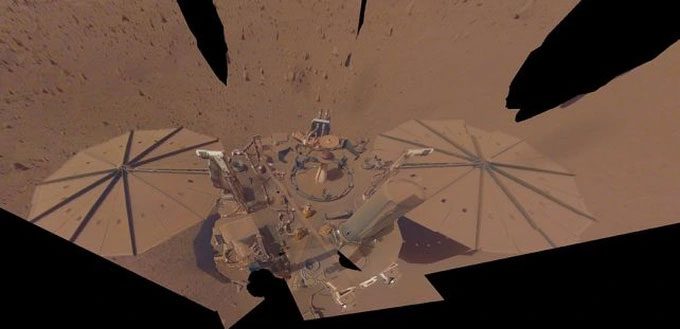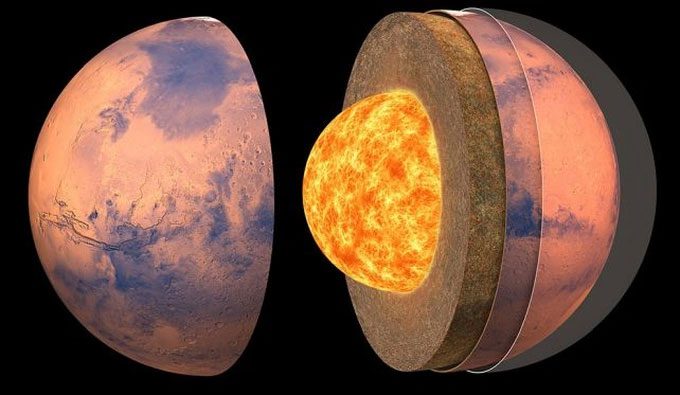Data on the core activity of Mars has yielded the most accurate measurement of the planet’s rotation speed to date. This result has left scientists astonished and puzzled.
The Mars lander named InSight has ceased operations, but the data it collected during its time working on Mars indicates that the rotation of this planet is accelerating by approximately 4 milliseconds per year.

Mars. (Photo: NASA).
This is a very small amount of time, causing each day on Mars to be shortened by just 1/1,000 of a second, but the reason for this phenomenon remains unanswered.
Nonetheless, this discovery enhances our understanding of Mars and its evolutionary processes in the past. Some hypotheses suggest that it is a long-term and inevitable trend linked to the dynamics occurring within Mars’ core.
InSight ran out of power and stopped working in December 2022, but the data it collected over four years has provided scientists with much deeper insights into Mars.
The observations recorded about the core of Mars have opened entirely new avenues for understanding this planet. The seismic information provided by the lander reveals not only the internal structure of Mars but also the composition of the liquid core and the geodynamic activities taking place there.

A photo taken by InSight itself in April 2022. The image shows its solar panels covered in dust. (Photo: NASA/JPL-Caltech).
Along with this incredibly rich and valuable data, NASA has also employed advanced equipment that is continuously improved to utilize this data effectively.
Satellite signals transmitted back and forth between Earth and Mars allow scientists to detect very small and sensitive changes in radio wave frequencies to accurately measure Mars’ rotation.
Even though the acceleration of Mars is very slight, it has been detected. This may be due to a redistribution of Mars’ mass. On Earth, the opposite appears to be occurring, as the long-term trend indicates that Earth is slowing down due to the braking effect of the Moon, which redistributes mass on Earth caused by the oceans being pulled by the Moon.
Since Mars lacks oceans, something else must be happening here. Scientists will strive to analyze further to determine the cause of this planet’s acceleration. InSight has also helped scientists refine methods for measuring oscillations caused by moving liquids, leading to more accurate results about Mars’ core.

Illustration of the structure of Mars’ core based on seismic data. (Photo: IPGP/David Ducros).
These measurements indicate that the radius of Mars’ core ranges from 1,780 to 1,830 km, which is quite large compared to the total radius of Mars, which is 3,390 km. Seismic analysis also indicates that the density of the core region is between 6.2 and 6.3 grams/cm3.
The data provided by InSight aligns well with this analysis, yielding a core radius of 1,835 km and a core density of 5.9 to 6.3 grams/cm3. However, the dynamics of Mars suggest that this density is not uniformly distributed, and variations in density within different regions of the core will also be a focus for scientists in future analyses.
Astronomer Sebastien Le Maistre at the Royal Observatory of Belgium has described the experiment based on the data provided by InSight as a historic experiment.
“We have spent a lot of time and effort preparing for this experiment and anticipated these discoveries. However, this does not mean that we haven’t encountered significant surprises along the way, and there is still much more to discover to deepen our understanding of Mars.”


















































